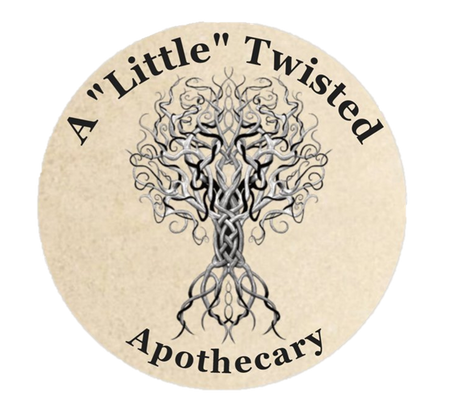Full Moon Incense
During the different phases of the moon, you may wish to perform rituals or spells based upon your magical needs. While incense isn't mandatory for a good ritual, it certainly can help to set the mood. To make your own magical moon incense, first determine what form you’d like to make. You can make incense with sticks and in cones, but the easiest kind uses loose ingredients, which are then burned on top of a charcoal disc or tossed into a fire. This recipe is for loose incense, but you can adapt it for stick or cone recipes.
Bodhipaksa is a Buddhist teacher and author who runs the Wild mind Buddhist Meditation website. He says, "I’ve always found that the choice of incense is important. Certain kinds of incense can produce a very calming effect, and we can very quickly build up positive associations with a particular scent, so that the mind becomes quiet, and a retreat-like atmosphere settle around us."
Why Use Incense in a Full Moon Ritual?
In many spiritual traditions - and not just modern Pagan ones - the types of plants and resins used are associated with various properties related to the moon itself. When it comes to correspondences, it's important to consider what your ultimate goal is in doing your moon ceremony. Are you working to commune with the Divine - particularly a lunar deity? Hope to increase your own intuitive abilities.? Do you want to have prophetic dreams? Perhaps you're seeking to enhance your own levels of wisdom and knowledge. All of these intentions are connected to the moon.
For example, myrrh, which we'll be using, is associated with feminine powers - and in many metaphysical belief systems, the moon is referred to by feminine pronouns such as she and her. Moonflower is also one of our ingredients, and you can probably guess why, based on its name. We'll also be including sandalwood, because of its associations with both purification and connecting to the Divine. If you're hoping to reach out and strengthen your connection to the gods of your tradition, sandalwood gives magical efforts a nice little boost.
In many Neopagan paths, incense is representative of the element of air (in some, it represents fire, but for this purpose, we're focusing on the airy aspect of incense). Using smoke to send prayers out to the gods is one of the oldest known forms of ceremony. From the censers of the Catholic church to the Pagan bonfire rituals, incense is a powerful way to let the intent of mankind be known to the gods and the universe.
Also, keep in mind that the moon is connected to water, so if you'd like to substitute herbs that are associated with water instead of air, you can certainly do so. Water herbs tend to be lighter and cooler, so consider using things like members of the mint family, periwinkle, apple, and lobelia.
Ingredients
As you mix and blend your incense, focus on the intent of your work. In this particular recipe, we’re creating an incense to use during a full moon rite, or Esbat. It’s a time to celebrate the changing tides of the season and of our bodies and focus on developing our intuitive skills and abilities.
You’ll need:
- 2 parts juniper berries
- 2 parts myrrh
- 1 part rose petals
- 1 part sandalwood
- 1 part mugwort
- 1 part moonflower
- 1/2 part marigold
Mixing Up the Magic
Add your ingredients to your mixing bowl one at a time. Measure carefully, and if the leaves or blossoms need to be crushed, use your mortar and pestle to do so. As you blend the herbs together, state your intent. You may find it helpful to charge your incense with an incantation, such as:
Full moon, shining bright,
intuition guiding me this night.
I blend these herbs to light my way,
on a magical path I will stay.
Powerful moon, up above me,
As I will, so it shall be.
Store your incense in a tightly sealed jar. Make sure you label it with its intent and name, as well as the date you created it. Use within three months, so that it remains charged and fresh. Use your incense in ritual and spellwork during the fullest phase of the moon by burning it on top of a charcoal disc in a fire-resistant bowl or plate.


